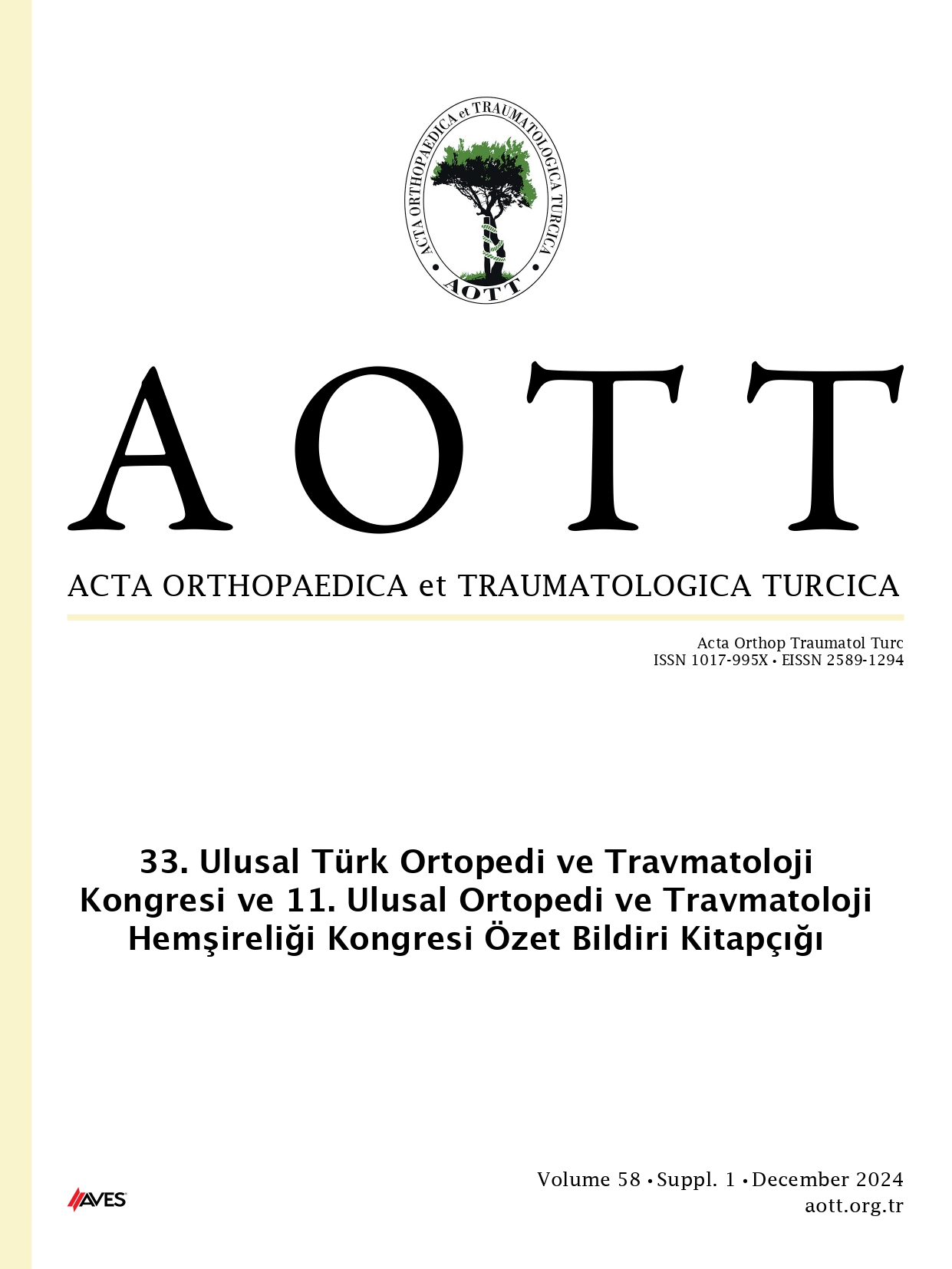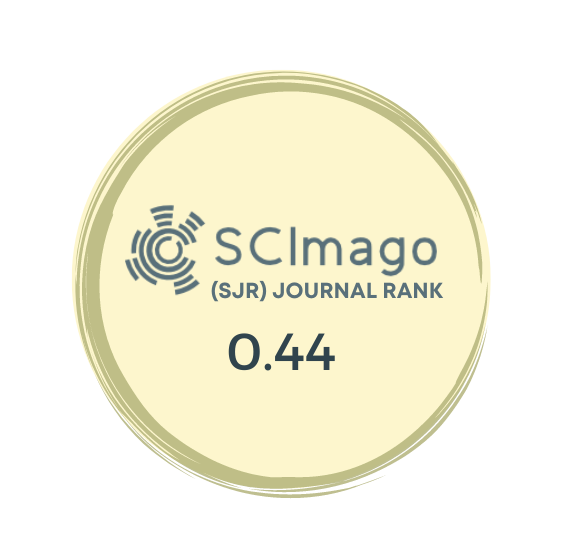Abstract
Objective
The aim of this study was to define a quantitative parameter to indicate which cases of plantar fasciitis will benefit from local corticosteroid injection or ESWT and to compare the efficacy of two different treatment modalities.
Methods
Seventy patients (mean age: 49.10; range: 41–58) with chronic plantar fasciitis unresponsive to conservative treatment for 3 months were treated with either betamethasone injection or extracorporeal shock wave therapy (ESWT). Correlation between AOFAS scores, fascia thickness, duration of symptoms, age and calcaneal spur length were assessed.
Results
Degree of fascial thickening (mean 4.6 mm for all patients) did not influence baseline AOFAS scores (r = -0.054). Plantar fascia thickness significantly decreased in both groups after treatment (1.2 mm for steroid, 1.2 mm for ESWT) (p < 0.01 for both groups). Percentage of change in AOFAS scores (68% for steroid and 79% for ESWT, p = 0.069) and fascial thickness (24% for steroid and 26% for ESWT, p = 0.344) were similar between two groups. Functional recovery was not correlated with baseline fascial thickness (r = 0.047) or degree of fascial thinning after treatment (r = -0.099). Percentage of change in AOFAS scores was correlated only with baseline AOFAS scores (r = -0.943).
Conclusions
Plantar fascia thickness increases significantly in plantar fasciitis and responds to treatment. Both ESWT and betamethasone injection are effective in alleviating symptoms and reducing plantar fascia thickness in chronic plantar fasciitis. However, the only predictive factor for functional recovery in terms of AOFAS scores is patients' functional status prior to treatment. Measuring of plantar fascia is not helpful as a diagnostic or prognostic tool and MRI imaging should be reserved for differential diagnosis.
Level of evidence
Level III, Therapeutic study.
ER -



.png)

.png)
